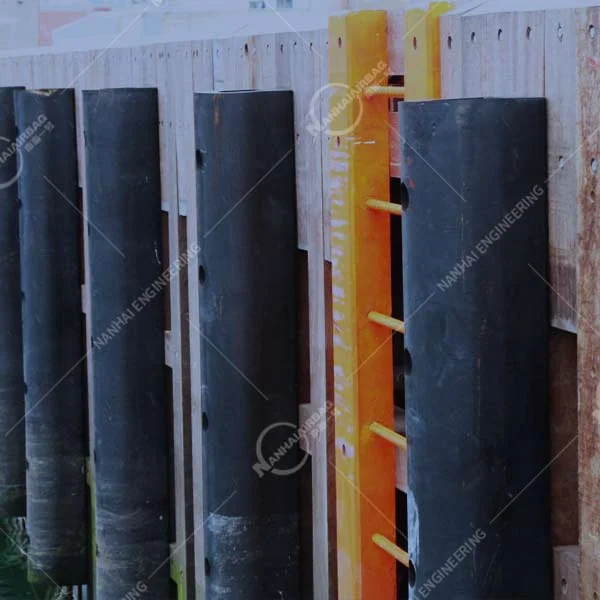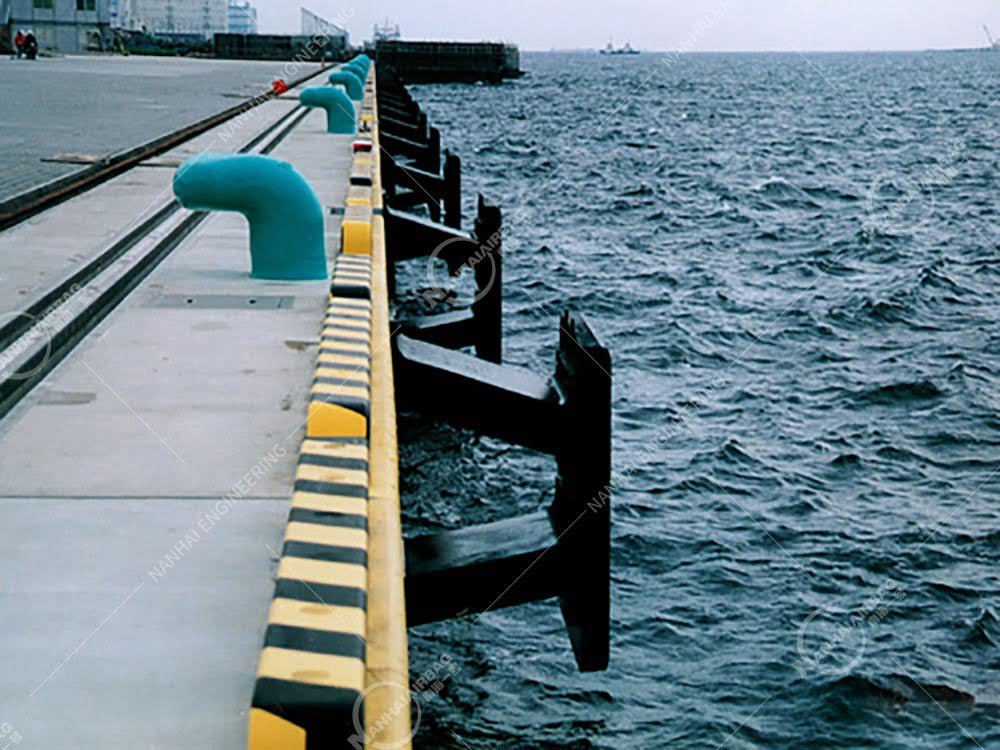Square Rubber Fenders: The Dock Protector You Didn’t Know You Were Missing (Until It’s Too Late)
23/10/2025Yokohama Fenders: The Dock Protector That Turns High-Risk Waterfronts Into Safe Havens (and Saves You a Fortune)
30/10/2025

Ever watched a boat slam into a dock and felt your stomach drop? Yeah, me too. Last summer, my neighbor’s 28-foot bay boat took a chunk out of the marina’s metal piling—and his wallet. $1,200 later, he was cursing the “flimsy” fenders that did nothing. That’s when I realized: most people don’t get how much good rubber fenders matter until it’s too late.
What Exactly Are Rubber Fenders? (The Simple Answer)
Let’s cut through the jargon: Rubber fenders are flexible, durable blocks (or shapes!) made from recycled or virgin rubber that absorb impact when boats hit docks, pilings, or other boats. Think of them like shock absorbers for your waterfront: they take the hit so your boat (and your bank account) don’t have to. They come in all sizes—square, round, D-shaped, even custom molds—and work for everything from tiny kayaks to 100-foot yachts.
Why This Isn’t Just “Nice-to-Have”—It’s Urgent
Here’s the hard truth: Ignoring proper rubber fendering costs you money, time, and peace of mind.
- •A 2024 marine industry study found U.S. marinas lose $2.3 billion yearly to dock and boat damage from worn-out or low-quality fenders.
- •In Florida’s Tampa Bay, a charter fleet switched to heavy-duty rubber fenders after 5 boats got gashed in one season. Result? $40k saved in repairs and zero new claims the next year.
- •Boats are getting bigger (average U.S. boat length grew 18% since 2010!), storms are fiercer, and docks are more crowded. Flimsy plastic or rusted metal fenders can’t handle today’s demands.
This isn’t about “upgrading”—it’s about protecting your investment before it’s destroyed.
Why Rubber Fenders Beat Every Other Option
You might think, “Aren’t all fenders the same?” Nope. Rubber fenders solve problems other materials can’t:
1. They Absorb Impact Like a Pro
Rubber’s natural flexibility spreads collision force across the entire fender—so instead of a sharp “crack” to your boat’s hull, it’s a gentle “thud.” No more spiderweb cracks, dented bow rails, or scratched gelcoat.
2. They Last (If You Pick the Right One)
A quality rubber fender hangs tough for 10–15 years. Unlike plastic (which cracks in cold weather) or metal (which rusts and scratches boats), rubber doesn’t degrade—just rinse with fresh water monthly and check bolts once a quarter.
3. They Fit YourSpace
Got a tiny private dock? Go with a compact “T”-shape rubber fender. Need to protect a dock corner? Square rubber fenders line up perfectly with sharp angles. Marine fenders are customizable—you don’t have to settle for “close enough.”
Real Talk: A Marina Owner Who Wishes She’d Switched Sooner
Meet Maria, who runs a 12-slip marina in Maine. For years, she battled round fenders that rolled away from boat corners. “Boaters would complain about scratches, and I’d have to fix dock planks every spring,” she said. “Then a client’s $75k sailboat got a huge gash from a round fender—she threatened to leave.”Maria invested in heavy-duty square rubber fenders. “Now boaters thank mefor the protection,” she told me. “My repair bills are down 60%, and slips are full year-round. Best decision I’ve made for the marina.”
People Also Ask: Your Rubber Fender Questions—Answered
We get these queries all the time—let’s clear them up so you can stop stressing:
Q: Are rubber fenders better than plastic or metal ones?
A: 100% yes. Plastic cracks in cold weather, metal rusts and scratches boats, and neither absorbs impact like rubber. Rubber fenders are the sweet spot of durability, cost, and protection.
Q: How do I choose the right rubber fender for my dock?
A: Focus on two things: boat size and dock layout. Small boats? Compact “D”-shape. Big sailboats with sharp corners? Square rubber fenders. Measure the distance between pilings first—don’t buy one too short!
Q: Do rubber fenders work for commercial ports?
A: Absolutely. Ports use massive, industrial-grade rubber fenders to protect cargo ships and tankers. These handle thousands of pounds of impact—so they’re overkill for your backyard dock, but perfect for commercial use.
Q: Are marine airbags the same as rubber fenders?
A: Nope—totally different tools. Marine airbags launch ships out of dry dock or lift sunken vessels. Rubber fenders? They protectdocks and boats from everyday bumps. You need both for a busy port, but for most people, rubber fenders are the go-to for daily safety.
Q: How do I maintain rubber fenders?
A: Easy peasy. Rinse with fresh water once a month (saltwater eats rubber!). Check bolts for rust—tighten if loose. Patch small cracks right away with rubber sealant—don’t wait for them to get bigger.
Final Thought: Stop Letting Bumps Turn Into Disasters
Rubber fenders aren’t the sexiest marine product. They’re not shiny or fast. But they’re the one thing that keeps your boat scratch-free, your dock intact, and your wallet happy.Whether you’re a marina owner, a private dock owner, or just a boater tired of fixing damage—invest in good rubber fenders. Your future self will thank you when you’re out on the water, not in the marina office dealing with a $1,000 repair bill.Ready to upgrade? Start by measuring your dock’s needs, then reach out to a reputable manufacturer—they’ll help you pick the right rubber fenders (and maybe even install them, so you don’t have to lift a finger).Your boat deserves it. Your dock deserves it. Youdeserve it.Keywords: rubber fenders, marine fenders, marine airbags, dock protection, marina safety, boat fenders, heavy-duty rubber fenders
